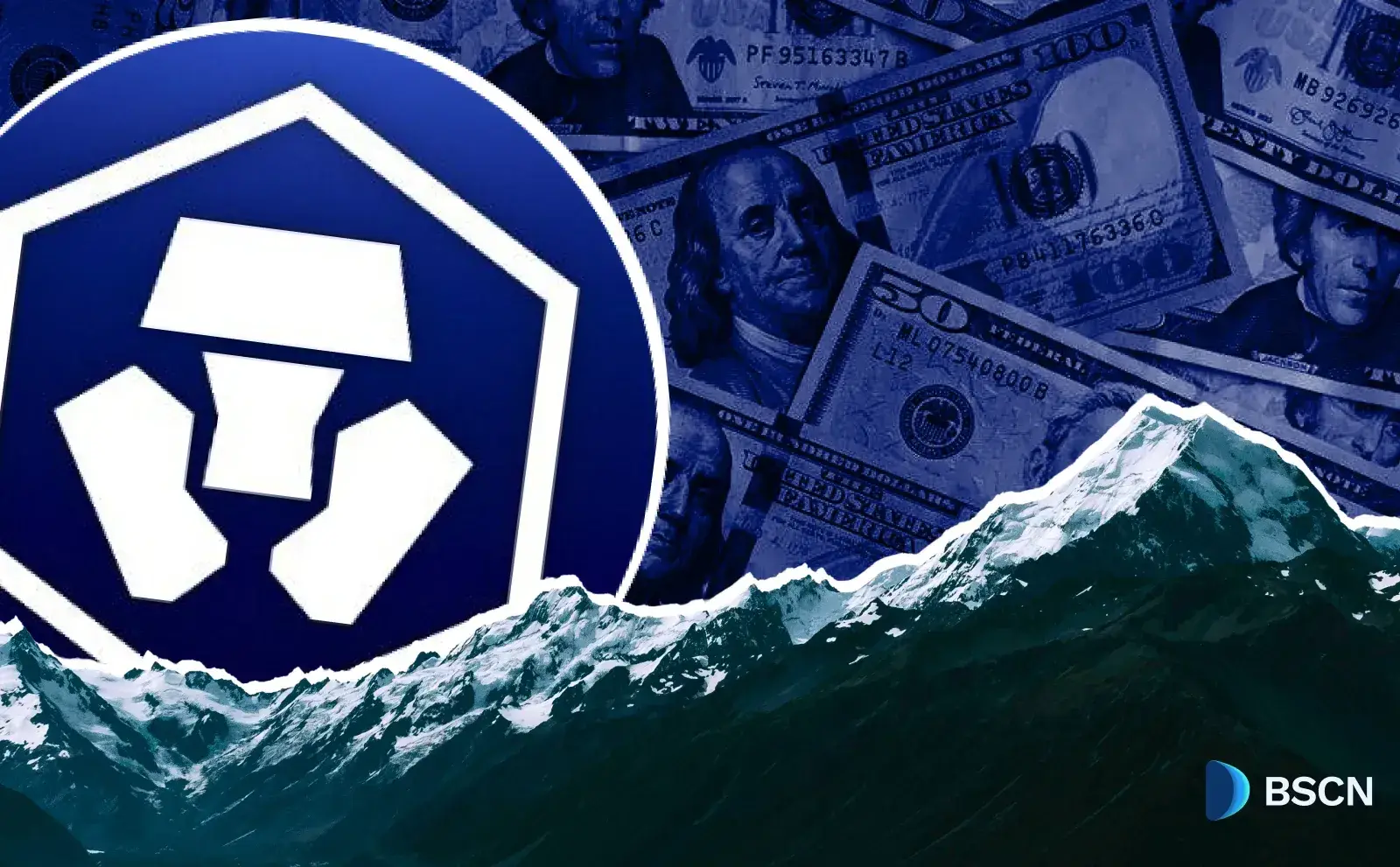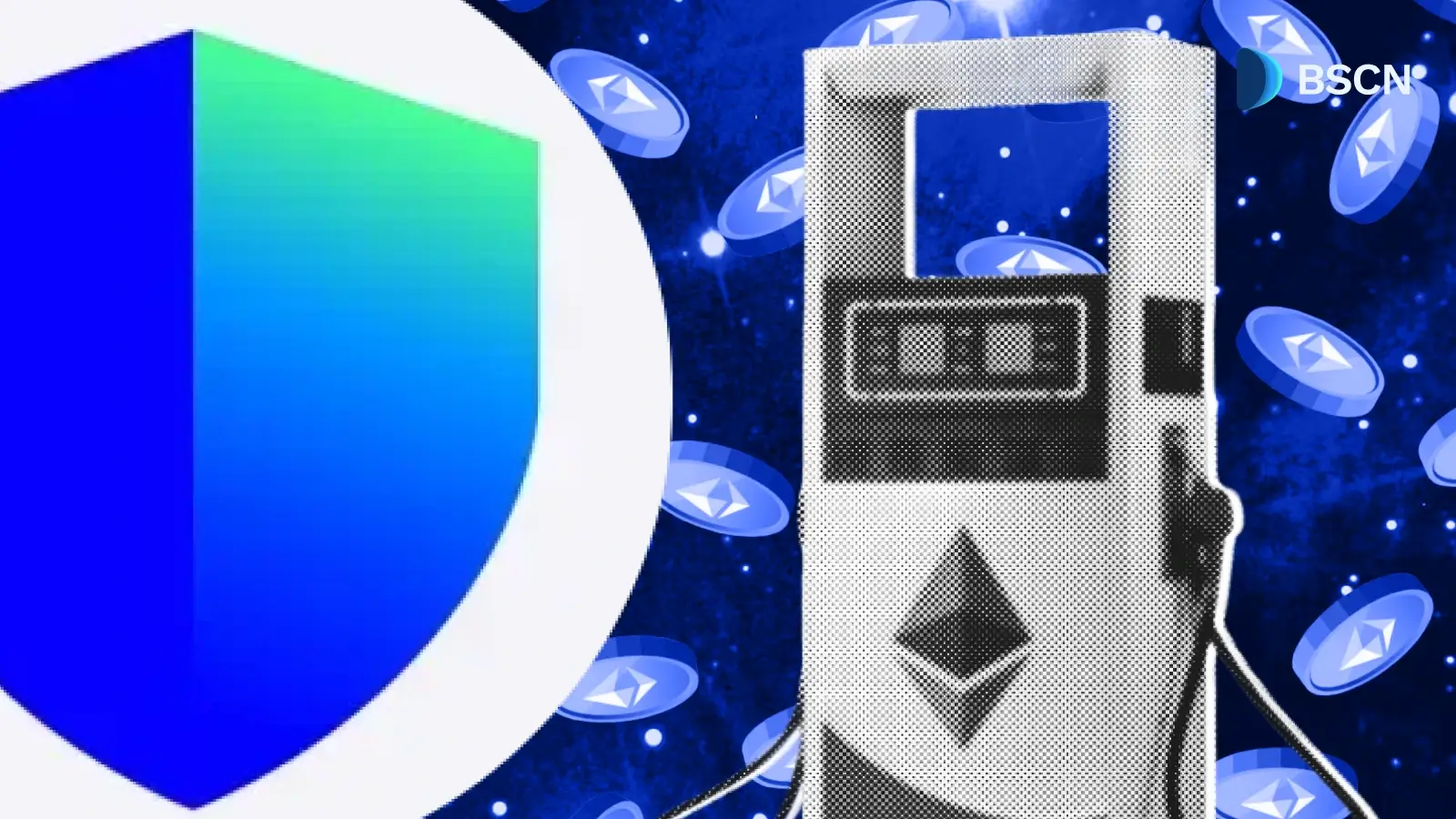News
(Advertisement)
India’s ARC Token Explained: Why It Matters & How It Works

ARC is India’s government-backed digital token built by Polygon and Anq. Learn how it works, what backs it, and how it fits into India’s digital finance plans.
Soumen Datta
November 26, 2025
(Advertisement)
Table of Contents
India is building its first fully sovereign stable digital asset, known as the Asset Reserve Certificate, or ARC, per Times of India. It is a digital token backed one to one by Indian government securities and Treasury Bills.
Sources told CoinDesk the stablecoin could debut as early as the first quarter of 2026.
What Is the ARC Token
ARC is a stable digital token developed by Polygon and the fintech firm Anq. It is fully backed by Indian Government Securities and Treasury Bills. For every ARC minted, an equal value of government assets is placed in reserve. This makes ARC a sovereign asset backed by the Indian state rather than a foreign currency.
The structure allows the token to remain stable because the collateral itself is stable. Government securities are considered low risk due to their sovereign backing. This gives ARC a different profile than tokens backed by dollars or foreign assets.
Key points about ARC
- ARC is tied to the value of Indian Government Securities
- It is issued only when collateral is secured
- It keeps liquidity and innovation inside India
- It offers transparent backing linked to sovereign assets
- It avoids exposure to foreign reserve risks
This design places ARC in a separate category from popular stablecoins like USDT and USDC, which are backed by US Treasury Bills and cash reserves held by foreign companies.
Why ARC Matters for India’s Digital Economy
India relies heavily on stablecoins, even though they are not officially regulated. Estimates indicate India has the world’s largest user base for stablecoin transactions. Many Indians working abroad use dollar stablecoins to send money home because they offer fast settlement and low fees.
However, the dependence on dollar-based stablecoins creates a long-term challenge. Indian capital flows outward as users rely on tokens backed by US assets. ARC aims to solve this by keeping stablecoin liquidity within the Indian system.
ARC supports three important goals
- Retaining capital within India
- Supporting government borrowing through direct purchases of securities
- Building digital financial infrastructure tied to Indian monetary policy
Each ARC minted requires the purchase of Indian Government Securities. This increases demand for these instruments and supports government financing needs. It also promotes the domestic debt market.
How ARC Differs From Other Stablecoins
Most stablecoins in global markets are pegged to the US dollar. Over 98 percent of stablecoin market capitalization is dollar-based. ARC takes a different approach by anchoring itself to sovereign rupee-denominated debt instruments.
Major differences
- ARC is rupee-backed, not dollar-backed
- It uses Indian Government Securities instead of foreign assets
- It is structured for domestic digital systems instead of global crypto speculation
- It aligns with Indian monetary policy and regulatory oversight
This approach mirrors moves in countries such as Japan, which is testing yen-backed stablecoins to reduce dependence on dollar liquidity.
ARC and India’s “Twin Rupee” Model
Polygon and Anq designed ARC to work alongside the Reserve Bank of India’s Digital Rupee. The Digital Rupee is a legal tender issued by the central bank. ARC is not legal tender. Instead, it functions as a programmable stable asset that private entities can use for payments, remittances, and digital services.
The twin structure creates a clear separation between public money and private digital innovation.
How the two layers work
- The Digital Rupee handles official settlement
- ARC supports programmable payments and fintech applications
- Regulators maintain oversight while allowing controlled innovation
This gives businesses flexibility while keeping monetary policy firmly under government supervision.
What Problems Does ARC Aim to Solve
India has a complex relationship with crypto. The government taxes crypto transactions heavily and imposes strict rules on exchanges. Yet Indians continue to rely on stablecoins for cross-border payments and market activity.
ARC aims to address several long-standing issues.
Real problems ARC tackles
- Dollar stablecoins draw Indian capital into foreign reserves
- Price premiums make USDT costlier in India due to limited supply
- Lack of clear regulations creates uncertainty for domestic businesses
- Government needs more digital tools aligned with sovereign rules
For instance, USDT often trades at a premium of 4 to 5 percent in India because supply is restricted. This makes remittances and market activity more expensive. ARC is designed to avoid such gaps by anchoring directly to domestic assets.
What Does ARC Mean for Regulation in India
India is preparing to include stablecoin regulations in the upcoming Economic Survey for 2025 to 2026. This marks a major shift because the country has resisted recognizing crypto assets for years.
The Reserve Bank of India remains cautious. The central bank believes private digital assets can risk financial stability if left unchecked. Officials continue to stress that sovereign control over money must not weaken.
The Ministry of Finance, however, is exploring a structured framework for stablecoins. If regulations are introduced, ARC could be the first token to operate under official rules.
Global experience shows why regulation matters. China halted private stablecoin plans even after developing a regulatory system. This suggests India may take a controlled path.
What Is the Market Potential for ARC
If adopted widely, ARC could become a major tool for domestic digital payments. It could also support more efficient remittances, e-commerce, and treasury operations for companies.
Practical use cases
- Cross-border payments
- Merchant payments
- Institutional settlements
- Treasury management
- Digital asset transfers on regulated rails
India already has strong digital payment systems like UPI. ARC is not meant to replace them. Instead, it complements them by adding programmability, traceability, and blockchain-based efficiency.
Conclusion
ARC represents India’s move toward a sovereign-backed digital asset that supports both innovation and regulatory discipline. It is fully collateralized, tied to Indian Government Securities, and built to work alongside India’s existing payment systems. Its design focuses on transparency, stability, and domestic value retention. ARC shows how India can modernize digital finance while keeping control of monetary policy.
Resources:
Report by Times of India: Polygon, Anq developing sovereign-backed Indian ‘stablecoin’ model tied to government securities, say sources
Report by CoinDesk: India's Debt-Backed ARC Token Eyes Tentative Q1 2026 Debut, Sources Say
Report by Nikkei Asia: Japan top 3 banks to test yen stablecoins in push against dollar rivals
Read Next...
Frequently Asked Questions
What is the ARC token in simple terms
ARC is a stable digital token backed by Indian Government Securities and Treasury Bills. It is issued only when equal collateral is secured.
Is ARC the same as the Digital Rupee
No. The Digital Rupee is legal tender issued by the Reserve Bank of India. ARC is a privately issued stable asset that uses sovereign backing but is not legal tender.
Why is ARC important for India
ARC keeps liquidity within India, supports the government debt market, and gives businesses a stable asset for digital payments without relying on foreign stablecoins.
Disclaimer
Disclaimer: The views expressed in this article do not necessarily represent the views of BSCN. The information provided in this article is for educational and entertainment purposes only and should not be construed as investment advice, or advice of any kind. BSCN assumes no responsibility for any investment decisions made based on the information provided in this article. If you believe that the article should be amended, please reach out to the BSCN team by emailing [email protected].
Author
 Soumen Datta
Soumen DattaSoumen has been a crypto researcher since 2020 and holds a master’s in Physics. His writing and research has been published by publications such as CryptoSlate and DailyCoin, as well as BSCN. His areas of focus include Bitcoin, DeFi, and high-potential altcoins like Ethereum, Solana, XRP, and Chainlink. He combines analytical depth with journalistic clarity to deliver insights for both newcomers and seasoned crypto readers.
(Advertisement)
Latest News
(Advertisement)
Crypto Project & Token Reviews
Project & Token Reviews
Comprehensive reviews of crypto's most interesting projects and assets
Learn about the hottest projects & tokens













